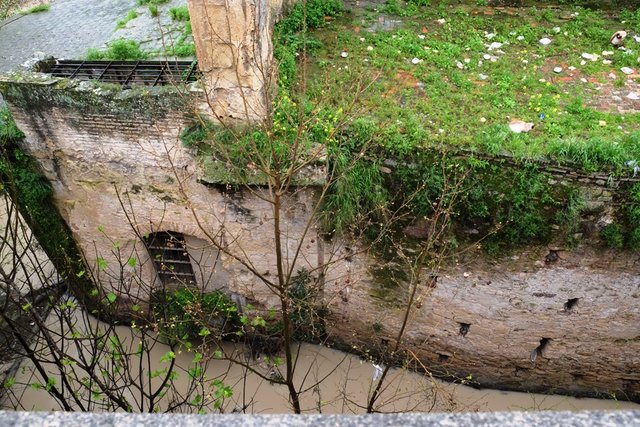About how I spent the Passion Week in Andalusia, I'll tell little by little. No more than ten photos in a post. And I'll start with what surprised me the most. From the Moorish wheel.
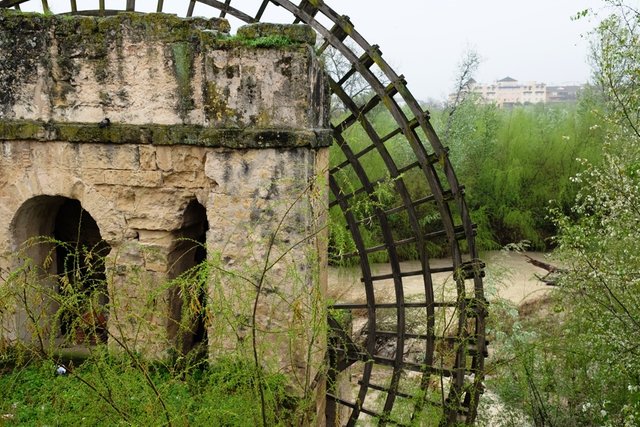
Cordoba was the first stop on the route and the only city where we were not lucky with the weather. This is a very reasonable price for how we were then lucky in Ronda, and yet it was uncomfortable to manage simultaneously with the camera, phone and umbrella, so I grumbled all the way. "Well, Guadalquivir, I saw in Seville ... Well, Roman bridge, I saw a hundred times ... Well, Alcazar ... Alcazar in Seville is nicer ... Well ... I did not see the cathedral in the middle of the mosque yet, but I saw many minarets, converted into bell towers ". And then I somehow came out again to the river and stopped grumbling. I definitely have not seen such a wheel yet.
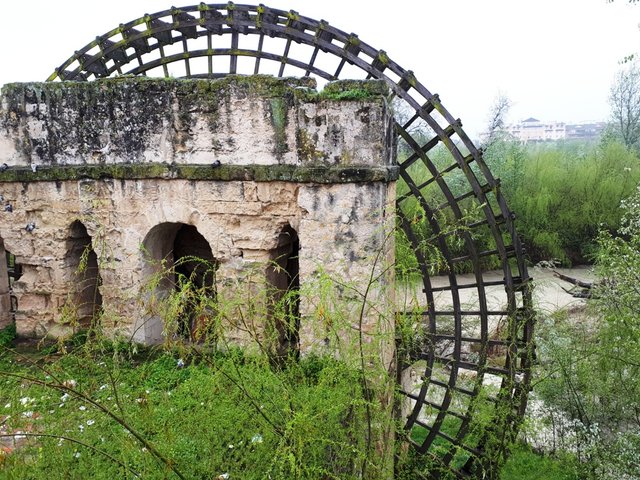
Huge as a Ferris wheel, only without booths. In the guidebook there was only one line about it, which I read and forgot. Something like "Also impressive is the wheel of the Moorish watermill on the right side of the Roman bridge." They did not warn me that it is so impressive!
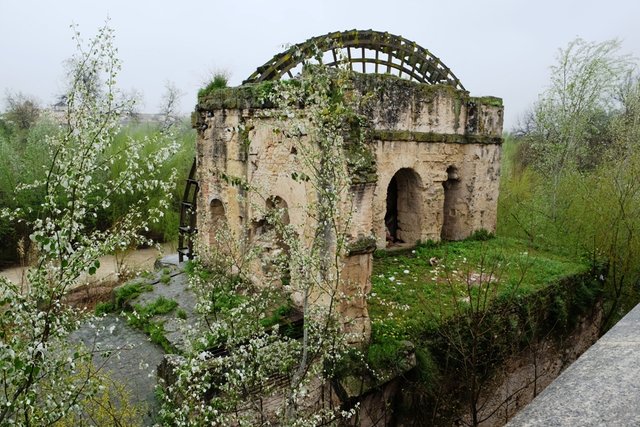
In total, on the banks of the Guadalquivir in the vicinity of Cordoba, there are eleven mills declared Historical Heritage of Andalusia. They bear the names of Albolafia, Mill of Happiness, Carbonel, Casillas, Enmdeio, Lope Garcia, Martos, Papalo, Saint Antonio, Saint Lawrence and Saint Raphael. Some of them lie in ruins, some have been restored and used for tourist purposes, for example, as a paleobotanical museum.
At the mill of Albolafia, the Romans grinded the grain. The Arabs with her help brought water from Guadalquivir to the royal palace. According to one of the legends, it was at this mill that the first paper in Europe was made. On the other, the squeaking of the wheel so strongly interfered with the night in the Alcazar Queen Isabella that she ordered to dismantle the part of the building. In the 16th century, the mill was again restored by the nuns who owned it.
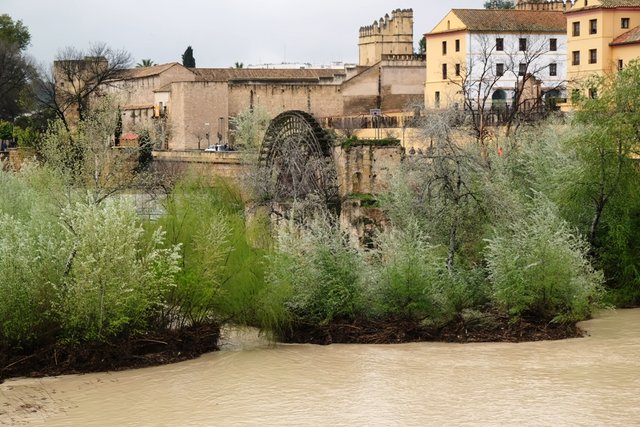
Currently, the site near the mill was chosen by fat cats.
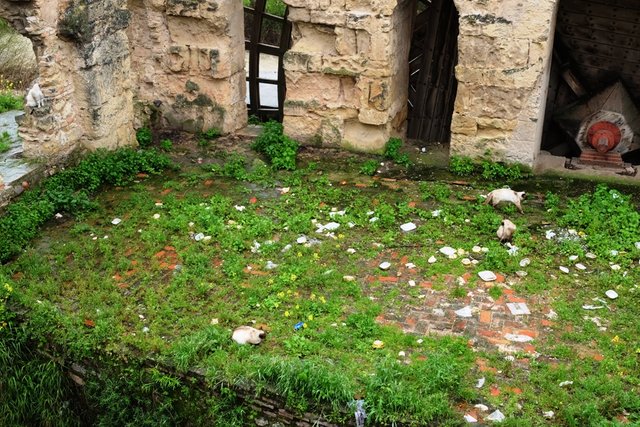
It's unclear how and why they got there, and who feeds them.
